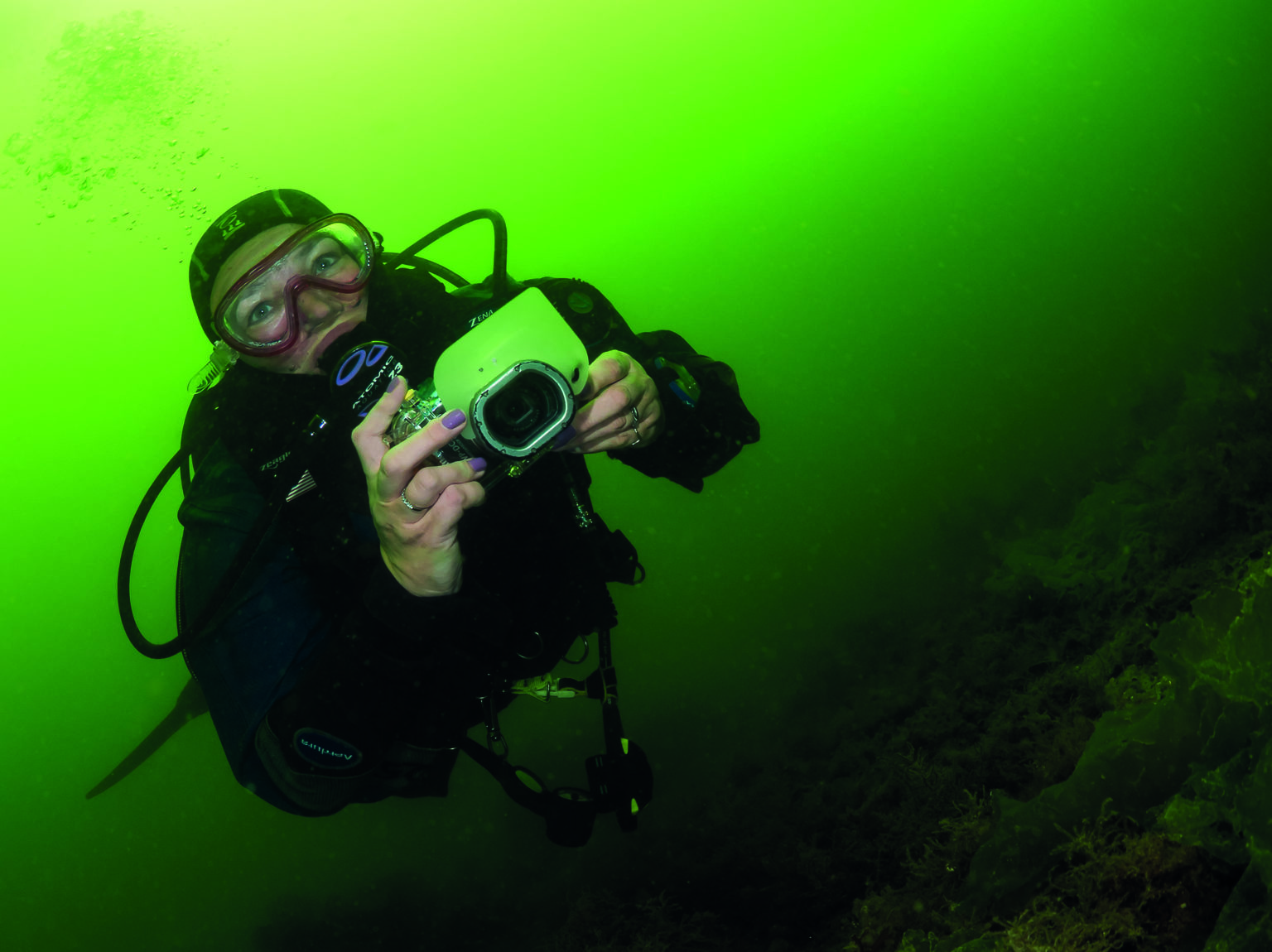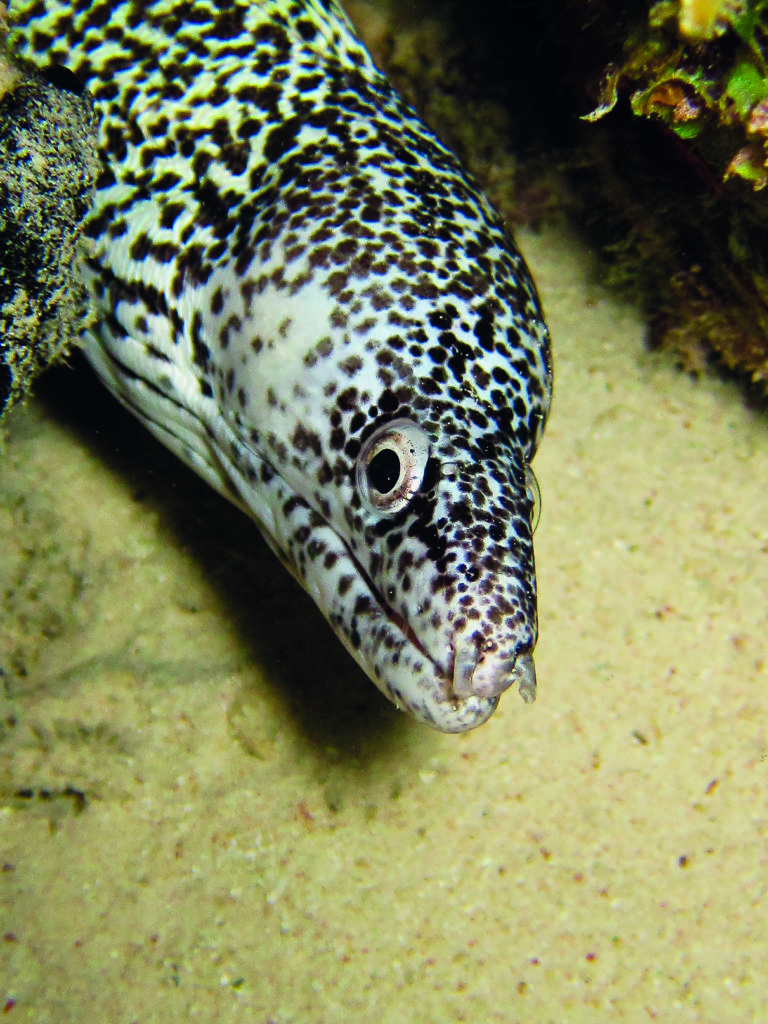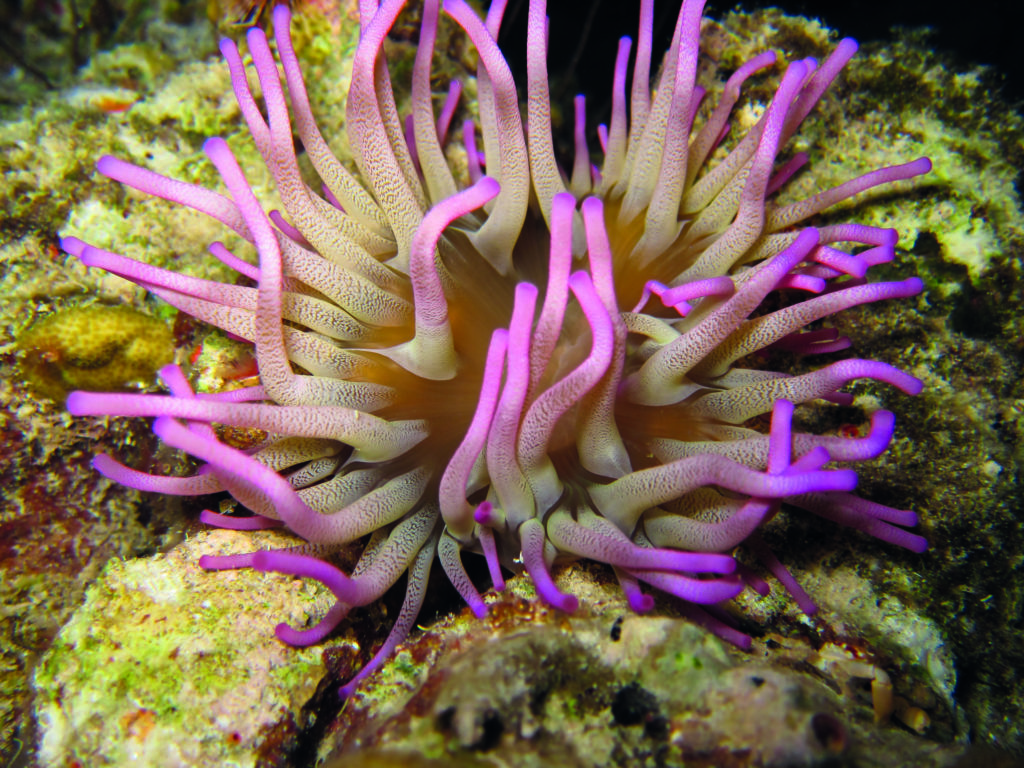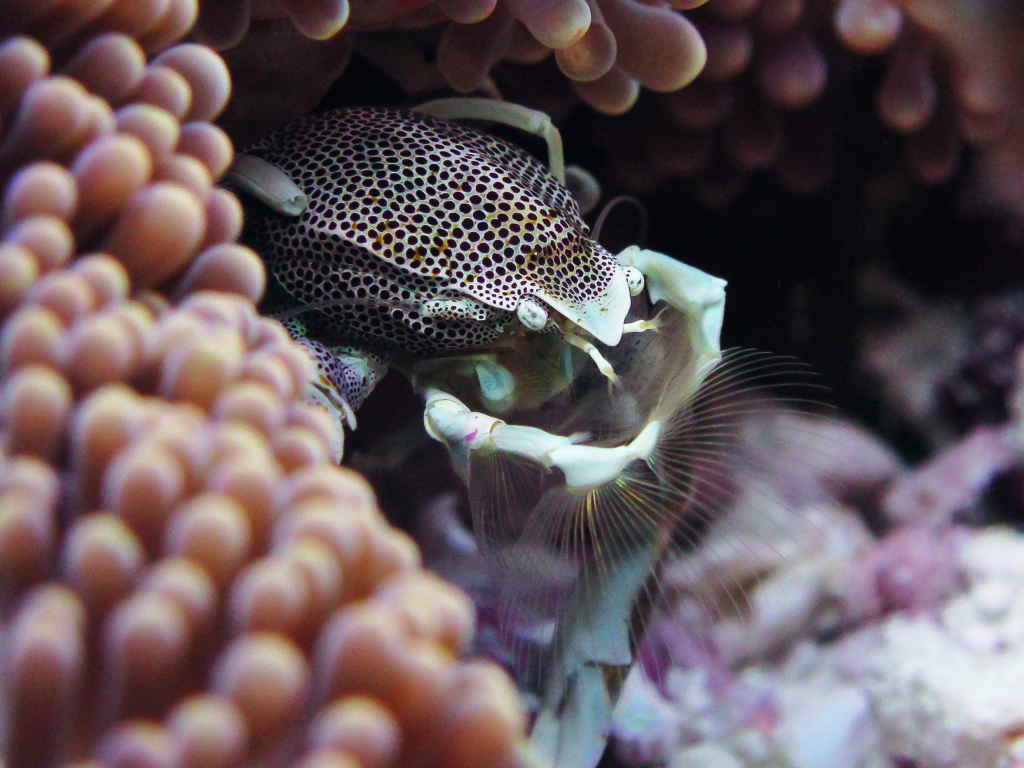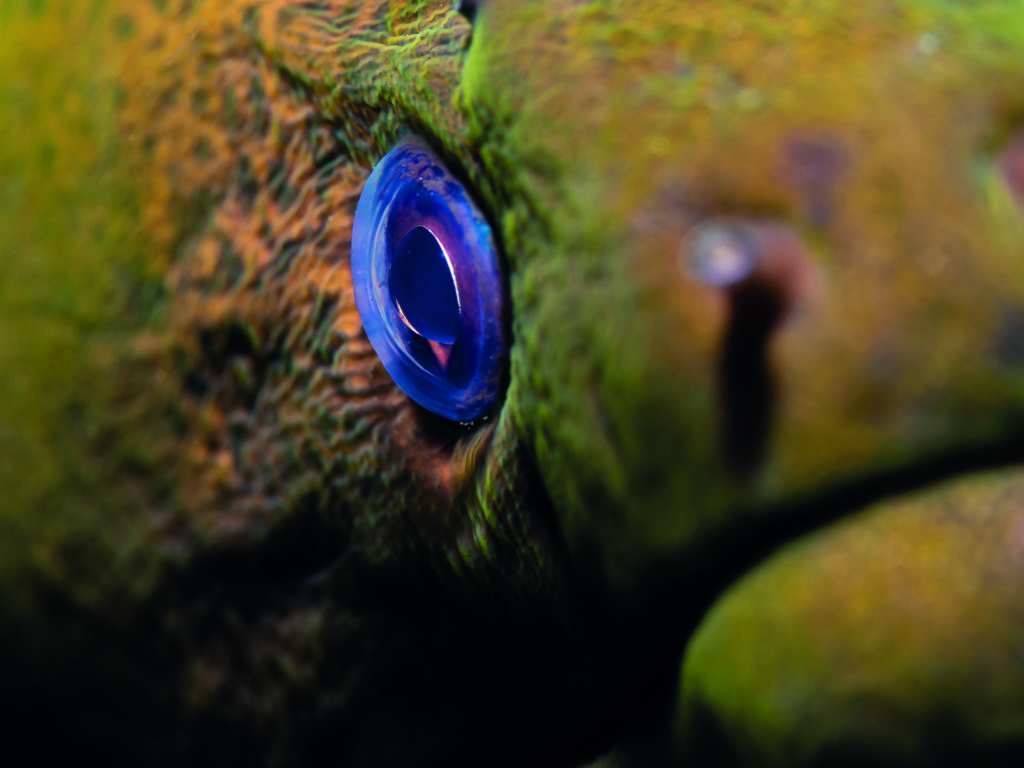The Right Stuff
Anne Medcalf looks at what to consider when choosing a camera and housing
Scuba diving can be an expensive hobby as we all know too well, add on underwater photography to this and your budget can be thrown out the window! Whether you are starting out with your first camera kit or upgrading your equipment, there are a myriad choices available. I am sure that nearly every underwater photographer has made an expensive mistake or two when choosing gear, I certainly have.
Which is why I thought it would be useful to talk about the basics of what to consider when choosing a camera and housing. No matter whether you have a DSLR camera or a compact, it is you, the photographer, that takes either a good or bad picture, not your equipment. However, when it comes to taking cameras underwater, not all are created equal.
Mainstream camera manufacturers design equipment for taking photos on land with little consideration of how they may work underwater. Often compact cameras have underwater modes or underwater white balance options, but how good these are vary considerably. Most are designed for the swimming pool or snorkelling with the camera at shallow depths, perhaps only in the kind of housing that is a stiff plastic bag with a rigid port for the lens.
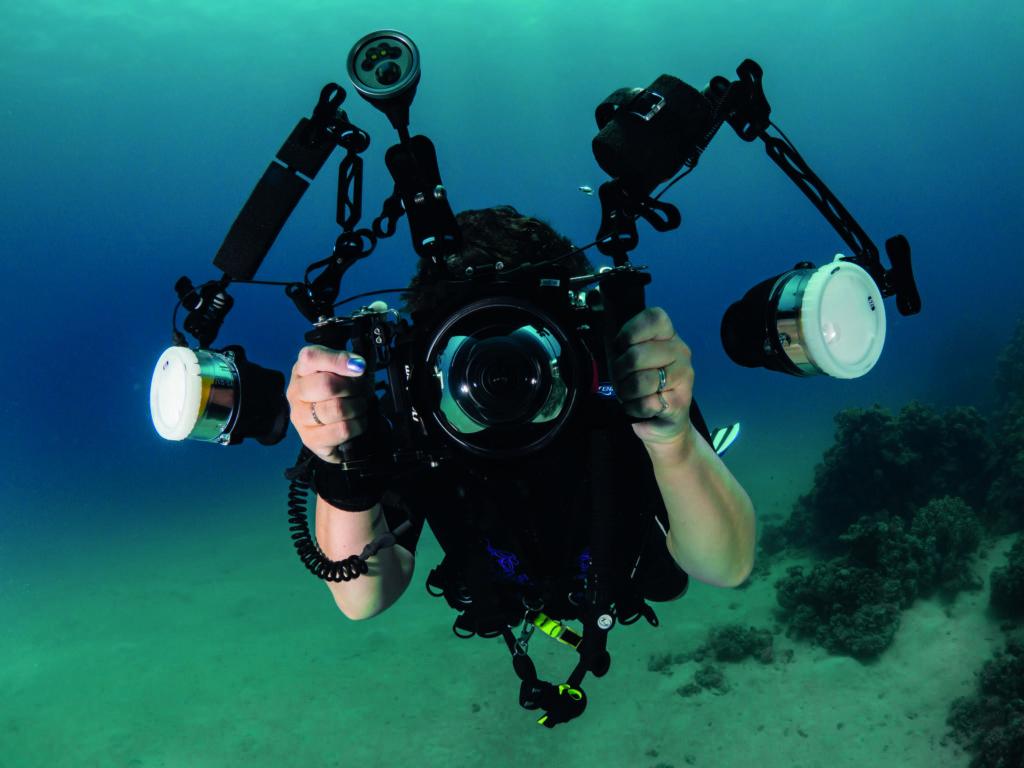
Many of the current crop of waterproof cameras are aimed primarily at folk who want a tougher version of their phone camera to use when they don’t want to endanger their mobile. Even waterproof cameras produced specifically for the diving market have limitations that affect their ability to get the best underwater images.
To make a camera waterproof you need to make compromises. The most common being with lenses, some cameras use small sensor sizes which don’t need large lenses, this means a zoom lens can be enclosed inside the body of the camera.
Others use fixed lenses that sit in a middle ground being neither the best for wide angle or macro photography. Bear in mind that although these cameras have depth ratings they still rely on seals to keep them waterproof both in battery compartments and inside them. Salt water getting into camera battery compartments will almost always result in the camera dying.
Often cameras have servicing schedules for the seals to be changed, which you need to keep to. If you do have a waterproof camera and there is an additional housing available for it, think seriously about getting it. This adds an extra level of security and usually the housing will allow greater depth and the ability to fit a broader range of accessories.
Some waterproof cameras have recharging ports rather than changeable batteries, which does mean the camera is better protected, but do consider recharging times – if you are doing repetitive dives on holiday make sure that you will be able to charge the camera between them.
When going into underwater photography, the primary options are action cameras, compacts, mirrorless (AKA compact system) cameras or a digital SLR and generally the bigger and more expensive the camera, the costlier it will be to find a housing to take it underwater. Action cameras are probably the most-limited especially when it comes to still photography.
Compact cameras are a good starting point with a range of models and price points available, high-end models have large sensors with a few using sensors from mirrorless or DSLR cameras. Sensor size is generally more important than megapixels when it comes to image quality and a camera’s performance.
But there is a trade off, some of these compacts have very large zoom lenses, great for on land but fitting them in an underwater housing can cause issues with how well they perform with wide-angle wet lenses.
Mirrorless and DSLR cameras allow the use of interchangeable lenses, such as fish eye lenses for wide-angle shots and specific macro lenses, but to do this they need a housing with interchangeable ports to get the best from individual lenses, which is another cost to consider.
Certain features predispose a camera to be better at underwater photography. For starters, does it give you some way to colour correct your pictures. If you aren’t interested in using software to edit your images in any way, then a camera that has an efficient custom white balance to allow you to correct the blue or green tint that pictures at any but the shallowest depths will have is an important feature. This will allow you to take pictures using available light down to 15m or 20m in good conditions without having to edit them or use additional lighting.
If you are happy to use software to correct your pictures, then a camera that takes RAW images should be high on your priorities. RAW format has much more information retained than JPEG, and this means you can rescue pictures that don’t just need colour correction but may also be under or overexposed to quite a degree.
But straight out of the camera these will appear duller to look at so you really do need to do some editing. Don’t forget as well that RAW isn’t magic, once you get down to depths where only blue or green light reaches, you will have to add artificial light.
Once you want to start taking pictures without available light whether because of depth, an overhead environment or night diving, you need an additional light source. An entry-level option is to have a camera with a built-in flash and this is how we started out taking pictures at night, etc.
You do have to take into account issues with shadows caused by housing ports, but at close distance you can get reasonable results. Going beyond the built-in flash the most flexible and effective light source for stills photography is a strobe (underwater flash). When choosing a camera you need to think about having a way of triggering a strobe if you want to progress your underwater photography.
Either the built-in flash or in larger cameras the hotshoe can be used to trigger a strobe and the lack of either of these is one of the issues that place action cameras low down the list of choices for underwater stills photography.
Because even the smartest cameras struggle to deal with the lighting conditions underwater you need to be able to take control and manipulate your camera settings to produce the picture you want.
Automatic modes rarely work for underwater photography so having a camera that allows you to adjust ISO, shutter speed and aperture is important especially as your underwater photography develops (pun intended). Look for models that have a full manual (M) mode available.
Having the right camera is only half the battle, it has to combine with a housing well. There is a choice of metal and plastic housings, with plastic being cheaper and also having the advantage of being lighter, so it’s something to consider for the travelling diver with airline weight restrictions.
Some of the large camera manufacturers make plastic housings for some models of camera and these can often be a cost-effective way of getting started, especially if picked up secondhand. You may get some condensation in a plastic housing causing the port to fog up when diving in hot and humid climates, although you can use silica gel packets in the housing to reduce this.
Only opening your housing when in dry, cool conditions can help with this, but isn’t always possible. Larger housings contain more air to circulate and so are more prone to this. Condensation is unlikely to harm your camera in the short term, but there is an irritation factor of having to wait for the condensation to disperse while you are unable to get any shots.

Metal housings are more expensive and in most cases heavier than plastic ones. They are usually a bit sturdier, but ports and controls are still weak points. They seldom get condensation on their ports as metal conducts heat better than plastic, so any condensation will have a much larger surface to form on.
Whichever housing you choose, make sure you can use all the functions of the camera, you need to be able to find the controls easily underwater and be able to use all the settings and features you need.
Many cameras have touchscreen features and menus, so if this is the case ensure that your housing will allow you to take control of these. To have the ability to take great underwater photos you need to be able to easily control the ISO, shutter speed and aperture of the camera and easily is the key word – unless you can comfortably reach the dials and they are easy to use when already task loaded with diving and you can adjust settings using whatever gloves you may be wearing, you will not get the best from your camera.
As well as being able to use all the necessary controls look at whether you can fit wet lenses to your housing. As mentioned earlier some compact cameras with large lenses have issues when it comes to adding wide-angle lenses. This involves the port being so large that you have to zoom the lens in when adding a wide-angle lens which then negates some of the extra angle the wet lens is meant to add. If you are buying a camera specifically for underwater, factor this into your choice.
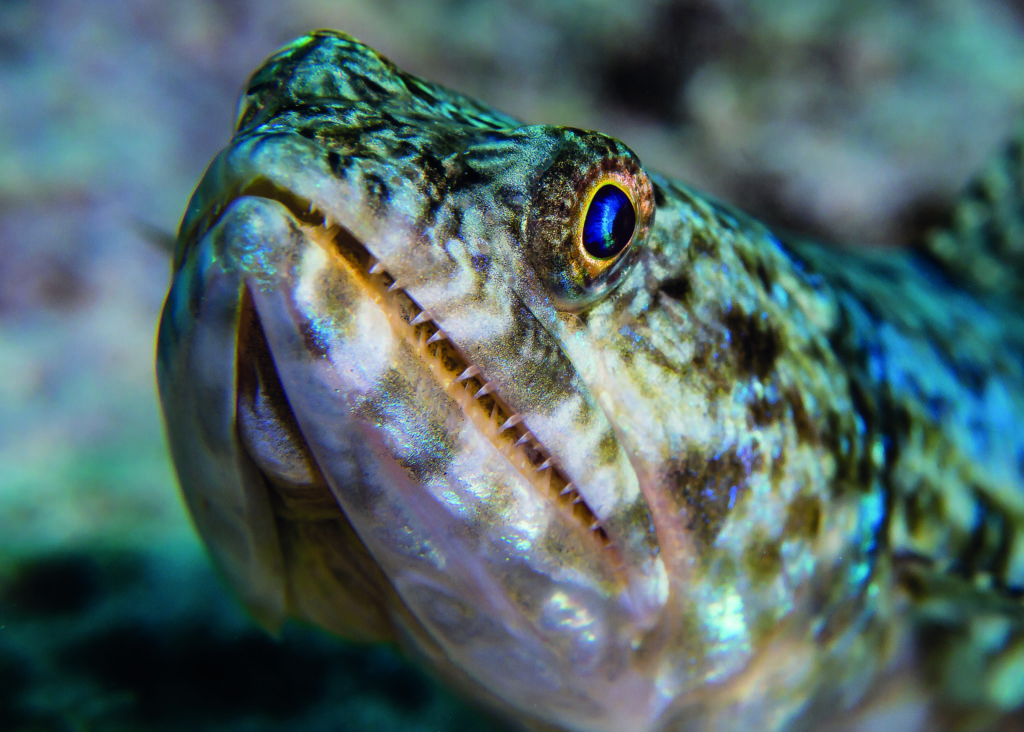
Some manufacturers make housings that address the issues caused by large zooms but you may save money by choosing a camera with a shorter lens rather than having to spend more on a housing designed to address a big zoom lens.
Look at whether your housing has some way of attaching wet lenses, either threads on the port or some type of adapter. Often you can buy third party adapters to add lenses to housings produced by the mainstream manufacturers. For system cameras being able to change ports for different lenses is a must-have feature to get the best from them.
Think about how well the housing will protect your camera from damage. Does it have a good locking mechanism that is resistant to damage and user error? Does it have a moisture detector or better still a vacuum leak detector? Vacuum systems give great peace of mind. You reduce the pressure inside your housing with a pump a while before use and either by checking a gauge or via electronics you know whether air has got in from the outside.
The other big requirement for us is will the housing support artificial lighting for your photography. At the entry-level it’s good to be able to use the built-in flash, so a flash window in the housing and a diffuser to soften and spread the light is a feature to look for. When buying a used housing ask if a diffuser is included, as these are a commonly lost item.
Beyond using the built-in flash, will the housing let you add a tray for mounting lights or strobes? Most do but the better ones have multiple screw holes on the base and take standard tripod screws, making it easier to fit third party trays.
And finally what options does it allow for connecting strobe cables to it? Most compact camera housings will support fibre-optic cables which are simple to attach and not as expensive as electronic cables. Some brands of DSLR housing are purely set up for electronic cables that limit what strobes you can use and the cables themselves cost more.
All these factors for both camera and housing are to some degree a trade off. Much boils down to your budget but think also about how much use you will get out of it. Don’t spend your entire budget on a camera and housing and then not be able to afford to go diving and use it.
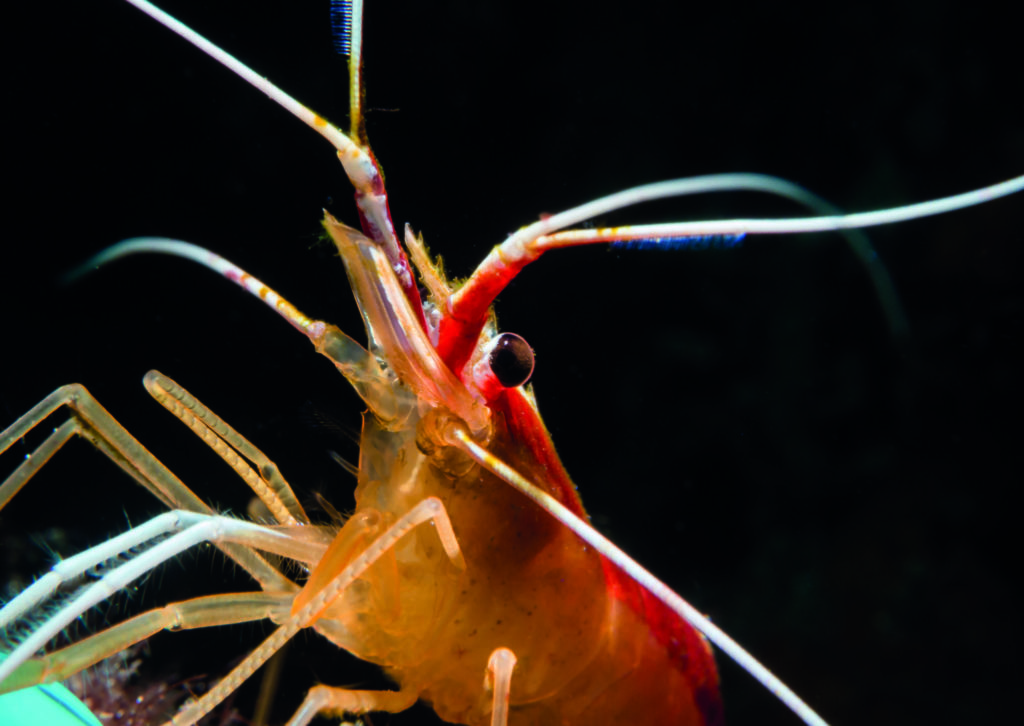
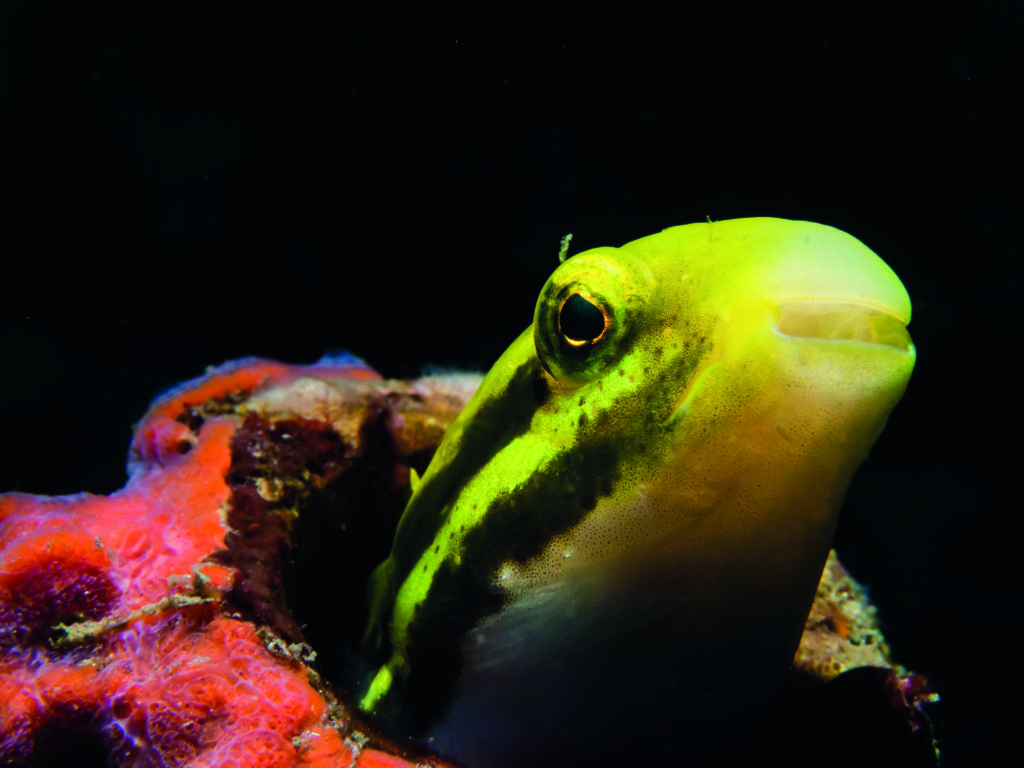
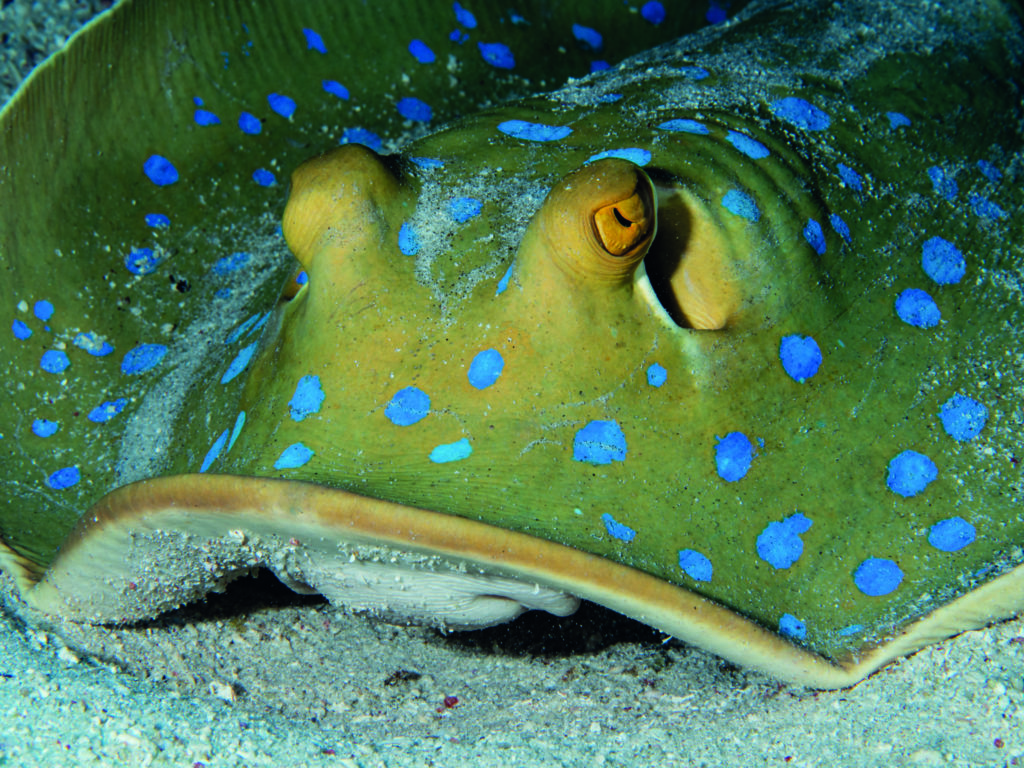
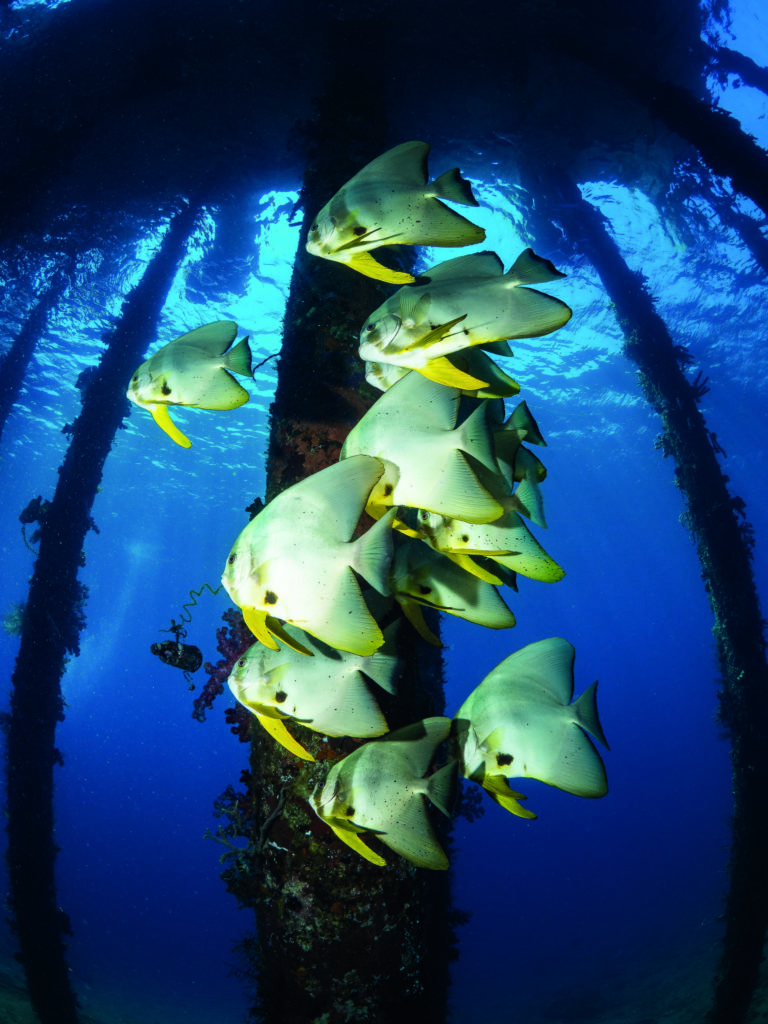
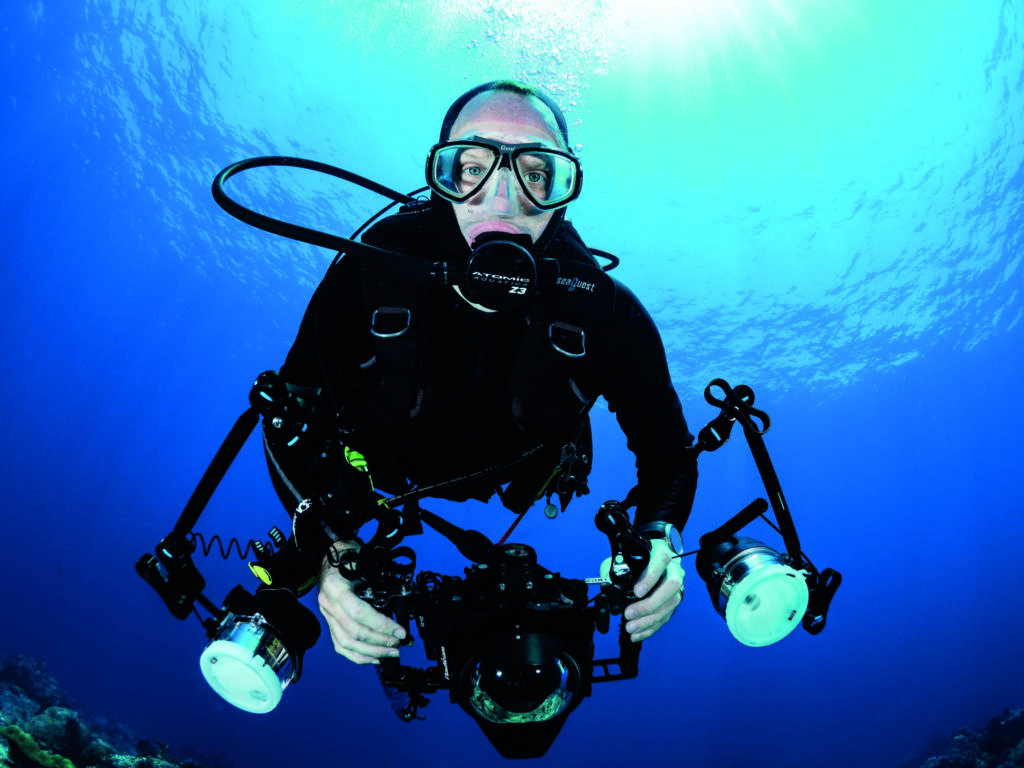
Our main tip is always get advice before buying. We regularly meet people who’ve spent more than they needed to because they hadn’t had the right advice before buying.
Alphamarine Photo
Alphamarine Photo run workshops and courses in underwater photography, photo-editing and videography hosted by dive centres and clubs, as well as organised by themselves. Beside training they are a retailer selling a range of underwater photography equipment based on a strong principle of giving the best advice and providing the customer with the equipment that meets their needs and budget.
